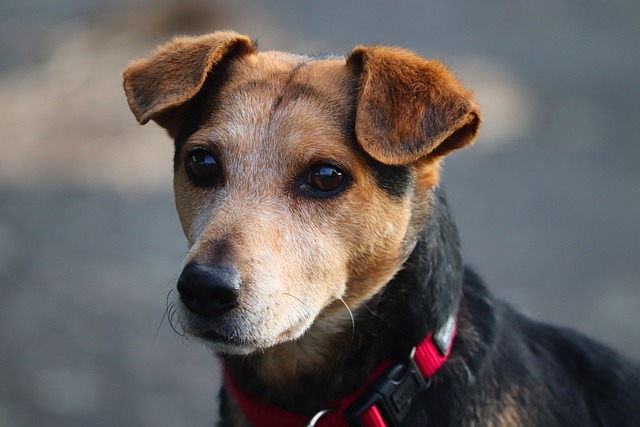
Do dogs with distemper eat?
Watching your dog fight through distemper is one of the hardest things a pet parent can go through. The virus hits them hard, and one of the first things you’ll notice is a change in their eating habits.
Finding your dog’s wrinkles looking puffy and irritated is never fun—those squishy folds that make breeds like Bulldogs and Pugs so charming can quickly turn into a source of discomfort. The first thing to remember is that not everything in your medicine cabinet is safe for those sensitive areas. Before reaching for any cream or ointment, take a moment to check the ingredients. Products with harsh chemicals, fragrances, or alcohol can sting and worsen the swelling, so steer clear of those.
A gentle, vet-recommended option is often a mild, unscented hypoallergenic balm or a thin layer of petroleum jelly—just enough to soothe without blocking air circulation. Some pet owners swear by a diluted solution of chamomile tea, cooled completely, applied with a soft cloth to reduce redness. Whatever you use, make sure it’s something your dog can’t lick off in large quantities; even natural products can upset their stomach if ingested too much.
It’s also crucial to figure out why the wrinkles are swollen in the first place. More often than not, it’s due to trapped moisture, dirt, or bacteria—common in breeds with deep folds that don’t get enough air. Regular cleaning with a warm, damp cloth (no soap unless advised by your vet) can help prevent buildup, but if swelling has already set in, a quick wipe might not be enough. If the area feels warm to the touch, looks pus-filled, or your dog is scratching at it constantly, don’t delay a trip to the vet. Infections can escalate quickly, and some might require prescription antibiotics to clear up properly.
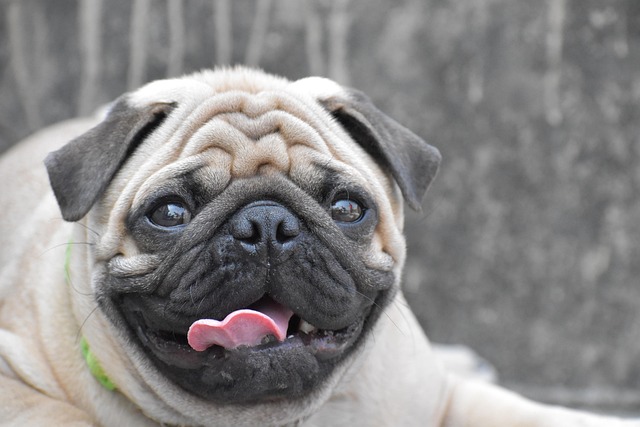 Another thing to keep in mind is that certain home remedies, while popular, might not be allowed under local regulations or could interact with other treatments your dog is on. For example, some herbal remedies that sound harmless can actually interfere with medications or cause allergic reactions. Always check with your vet before trying something new, especially if your dog has existing health issues. They’ll know what’s safe and effective for your pup’s specific needs.
Another thing to keep in mind is that certain home remedies, while popular, might not be allowed under local regulations or could interact with other treatments your dog is on. For example, some herbal remedies that sound harmless can actually interfere with medications or cause allergic reactions. Always check with your vet before trying something new, especially if your dog has existing health issues. They’ll know what’s safe and effective for your pup’s specific needs.
Prevention goes a long way, too. Keeping those wrinkles dry and clean is key—after baths or walks in the rain, gently pat them dry with a soft towel. Avoid letting your dog linger in damp, humid spots for too long, as moisture loves to hide in those folds and trigger irritation. If you notice your dog rubbing their face more than usual or seems bothered by their wrinkles, take a closer look. Catching swelling early can make treatment simpler and keep your dog more comfortable.
Watching your dog struggle with swollen wrinkles is tough, but with the right care, those folds can go back to being just another part of their lovable look. Stick to gentle, vet-approved solutions, stay on top of cleaning, and don’t hesitate to seek professional help if things don’t improve. Your dog relies on you to keep them happy and healthy, and a little extra attention to those tricky wrinkles can make all the difference in their comfort.

Watching your dog fight through distemper is one of the hardest things a pet parent can go through. The virus hits them hard, and one of the first things you’ll notice is a change in their eating habits.
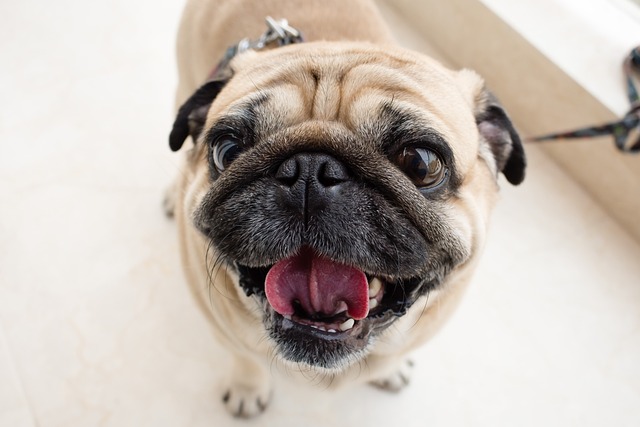
Watching your dog struggle with health issues is one of the hardest parts of being a pet parent, and when liver failure comes into the picture, panic can set in fast.
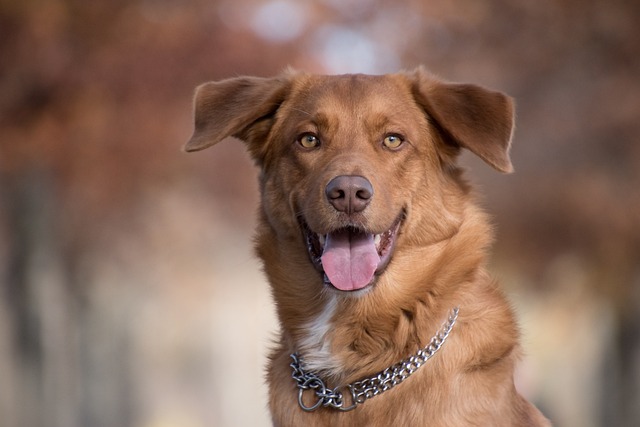
When you share your home with a large dog—whether it’s a gentle Great Dane, a playful Labrador, or a loyal German Shepherd—you quickly learn to cherish every moment.
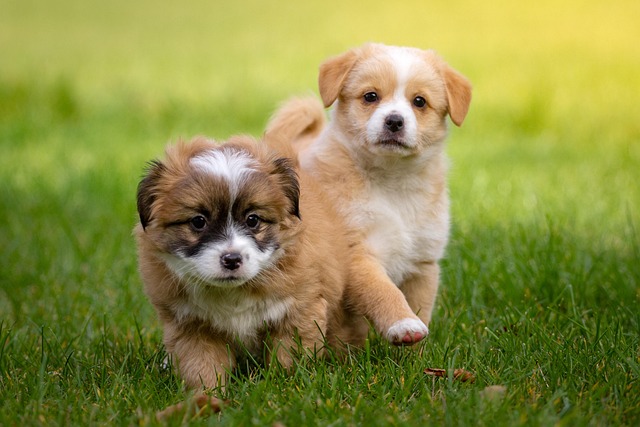
If you’ve ever caught a whiff of your dog’s breath during a snuggle session and winced, you’ve probably considered dental treats as a quick fix. New dog owners
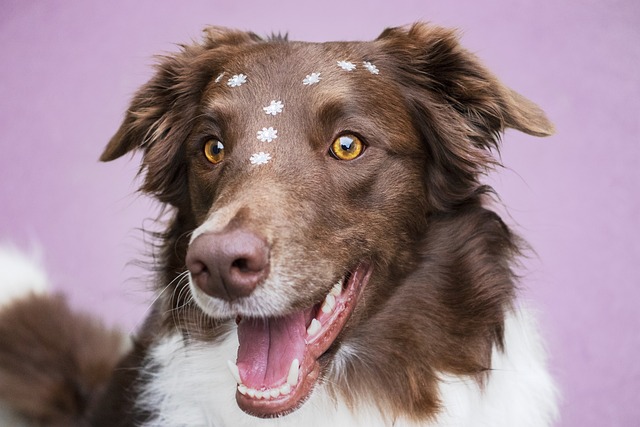
If you've ever seen your energetic pup looking listless, with dry gums and sunken eyes, you might be dealing with a dehydrated dog. For new dog owners in the US

Can I feed my dog homemade dog food every day? It’s a question many new dog owners in the US ponder, especially after watching their pup turn up their nose at kibble.